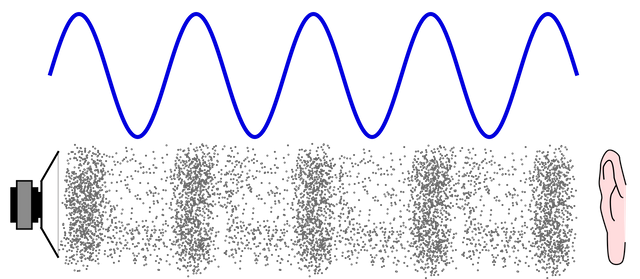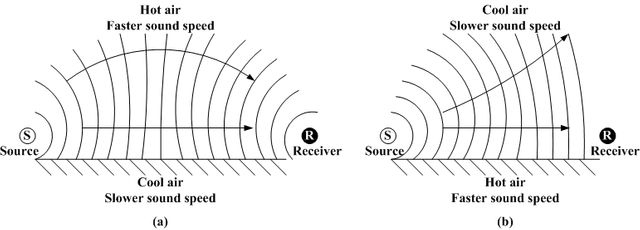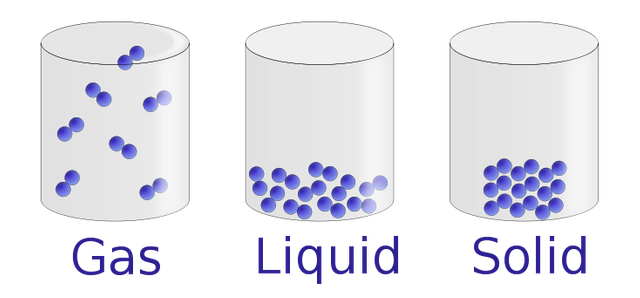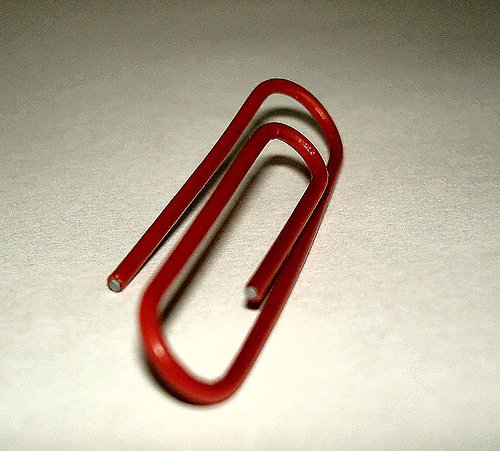Sound 101 —- Let's talk about sound and how it is propagated
Hello steemstem. Good to be here. This is my first article as a contribution to the community. I am excited to be the newest member, and i appreciate the commitment of the management team, curators, and everyone in general as well. Thank you for having me.
Now onto the article. Today, we will be discussing how sound is created, and how it is transmitted to get to our ears. Also, i will discuss the speed of sound.
We need sound for a lot of things in life. Without sounds, it would be impossible to hear and listen to melodious tunes as music, and even TV would be boring to look at without knowing what the characters sound like. Without sound, some animals cannot identify their own, and life would be a lot different from what we know it to be today.
In a bid to understand sound, it's okay to ask certain questions related to this topic. like: What is sound, and how is it created? How does it travel from its source to our ears?.
If you have ever taken classes in basic science of sounds, then you might recall that sound is seen as a form of energy, and as a wave too. And that it cannot travel through a vacuum, hence it requires at least a state of matter (say; solid, liquid or gas) for it's propagation.

How sound is created. — Sound is a longidudinal wave.

Every wave is seen as a form of disturbance in a way, and sound being a wave form, is no different. Hence, Sound is created through the frequent vibrations which causes the disturbance in a medium. If you have ever played the guitar before you will discover that sounds are produce when you strum the guitar strings. By strumming, this makes the string to move rapidly back and forth and sometimes, this kind of motion appears too fast to be seen with our eyes. So momentarily, the strings are a blur and then it returns back to visibility. That is known as vibration, and it is the principle
This vibrations produce a series of compressions and rarefaction through the medium. In every meduim, molecules of matter are at varying distances to each other (closely packed in solids than in liquids than in air) and these series of compression and rarefaction caused by the vibrations forms a longitudinal wave. Since the motion of the molecules in the medium are parallel to the direction of the wave, sound waves are then known as longitudinal waves.
If sound is a wave, it could only mean that it would have properties that are similar to waves and wave motions. Such as the amplitude and the wavelength. The amplitude for example, which, although is mostly common to another type of wave (transverse waves), yet sounds with a high amplitude value would have large compression zones in comparison to sounds of low amplitude with smaller compression zones.
Also, the wavelength is simply the longitudinal distance between two consecutive compression and rarefraction zones.

Sound travel and speed: How fast does sound travel?

A good illustration of the way sound travels can be observed from a coil of spring! Sound waves travel in much the same way as a pulse of energy expands and contracts the coil of a spring. As the spring is stretched and released, the vibrations from one coil is transferred to the next, hence energy moves through the spring. And like i mentioned earlier, the size of the compression indicates how much energy the sound wave has, and corresponds to the amplitude of a transverse wave.
Now we know that sound travels through matter, but how fast does it go? Ever watched the lightening in the rainy stormy sky? If you have, then you might have noticed that after lightening comes the sound we call thunder. and even though it seems they occur differently, this isn't the case at all. Sound travels very slower than light. Hence, we tend to hear the thunderclap a while after the light that caused that thunderclap had reached our eyes.
That said, it is important to note that the speed of sound isn't entirely constant, but rather varies on the medium it is traveling on. It appears as though the closer and more compacted the medium is, the faster and more efficient sound propagates. Hence, Sound travels faster in solid materials than in liquid materials than in air. Again, air is the least because it's molecules are very free and tend to float about in comparison to solids that are held together in lattices. Mathematically, The speed of sound in air at room temperature is measured in Metres/Seconds as ..... 343m/s. For pure water, it is about 1498m/s.

What are some factors that affect the speed of sound?
Again, sound waves only travel through matter, that is, either solids, liquids, or gases. That's why If you put your ear to a solid door, you could eavesdrop on a conversation on the other side. Dolphins and many other marine mammals communicate by sending sound waves through water. The speed at which sound waves move depends on the matter, or medium, through which they move, and not on the source. Notice when a band begins to play in a large stadium, the sounds of the tuba and the drums reach your ears at the same time. That's because sounds from both instrument is moving through the same medium, so their speeds remain the same regardless of the source. The only difference is that we might tend to hear one instrument louder than the others. That's because of the intensity or loudness at which it is played, and the pitch of the sound too. Take brass imstruments for example; Trumpets have a higher pitch than the trombone. Hence even when played at the same intensity, the trumpet's sound is more dominant while the trombone's low pitch is heard in the background. Several factors influencing the speed of sounds through a medium includes; The temperature, elasticity and density of the medium., and the nature of the medium itself.
Temperature

When the temperature of air increases, the speed of the sound also increases. Sounds moves at a speed of about 344m/s through 20°C air. However, if the air temperature is 0°C, this speed reduces to about 331m/s. Why that happens is that; Since sound wave moves through the air when vibrating particles come into contact with other particles, an elevated temperature would result in a gain in the kinetic energy of the molecules of air. thus, they collide more often because they're moving around faster. Hence, that is why sound moves through warm air faster than it moves through the cool air. Also noteworthy is the fact that; Since molecules in liquids and solids are a bit closer together in comparison to air, the difference in temperature has less effect on the speed of sound through them.
Elasticity and Density
Elasticity and density of a medium influences how sound travels too. Sound waves moves quickly through matter that is elastic rather than the ones with plastic properties. Matter is said to be elastic if its molecules return quickly to their original position after they have been disturbed and released. While most liquids aren't very elastic (which makes them transfer sound at quite a slow rate), some metals like iron and nickel, however, are very elastic and transmit sound much better, and it isn't just because they are solids, but also because they have that advantage of elasticity. Again, gases have their molecules spread out over a given space. Hence, they are least elastic and are poor transmitters of sounds.
Air density and compactness also affects the speed of sound. Because of the enormous pressure of the air above us, the air at sea levels is a lot denser than it is at a high er altitude where the air molecules are spread out. Hence, sound travels slower as you ascend up into space.
Nature of the medium.
Need i say more about this? Due to the compactness and closeness of molecules/particles in a medium, the speed of sound varies differently.

The sound barrier.

So, we've covered a lot on how sound works and the various factors that affect the speed of sound in a medium. Finally, let me conclude by mentioning the sound barrier and what it is. You might have heard of the term Sonic. Well, that is the name used to describe when something is traveling as fast as sound is.
At a speed of 344m/s, it might seem that the speed of sound is too fast to you. However, even that speed isn't remotely among the highest speeds known to man, and that's because a number of aircraft and machines (such as the supersonic Concorde), travels at a speed much more faster than sound.
When an airplane reaches a speed that is as fast as sound (or even faster), it produces a loud sound that is called a sonic boom.
By travelling faster than sound, fast-moving jets moves ahead of the sound waves it creates in the air, thus building a pattern of "wave crests" where sound seems to overlap, and an interference occurs. This interference can be constructive or destructive, and for jet planes traveling just above the speed of sound, a constructive interference occurs. This constructive interference leads to a number of interesting things. Firsty, a shock wave shaped like a cone results, and then we hear a sonic boom just immediately as the airplane breaks the sound barrier!
Summarizing, Sound is all around us, even in the deep late hours of the night when everything round us is supposed to be at rest. In truth, nothing really is at rest because there is no ideal or 100% rigid body. Everything vibrates (including solid matter that appears to be at at rest) and gives off sound to a particular degree. Hence, sound cannot really be done away with, and it finds applications in numerous human endeavors in this modern age. The concept of sound and echolation is how sailors determine the depth of the sea and how submarines are able find their way. High pitch sound is also used in medicine too for researches for developing the cure for cancer. Hence i feel it is only important that we learn and understand how it all works, so as to better apply the science to more productive areas.
Thank you.
REFERENCES:
Study.com - What are sound waves.
How stuff works: How sound travels.
Wikipedia: Sound
Britannica. The sound barrier.




Pretty useful explanation. As basic as I remember them. For a new member, good job. Hope this flies. Good luck buddy. Be sure to stop by at the steemstem discord server sometime.. here's the link.. Also be sure to checkout the @steemstem blog page for useful links. A bit busy at the moment. Reply to this message if you need anything else. :-)
Ok, thanks ,
Congratulations @tulio77! You have completed some achievement on Steemit and have been rewarded with new badge(s) :
Click on any badge to view your own Board of Honor on SteemitBoard.
For more information about SteemitBoard, click here
If you no longer want to receive notifications, reply to this comment with the word
STOPCongratulations @tulio77! You have completed some achievement on Steemit and have been rewarded with new badge(s) :
Click on any badge to view your own Board of Honor on SteemitBoard.
For more information about SteemitBoard, click here
If you no longer want to receive notifications, reply to this comment with the word
STOP